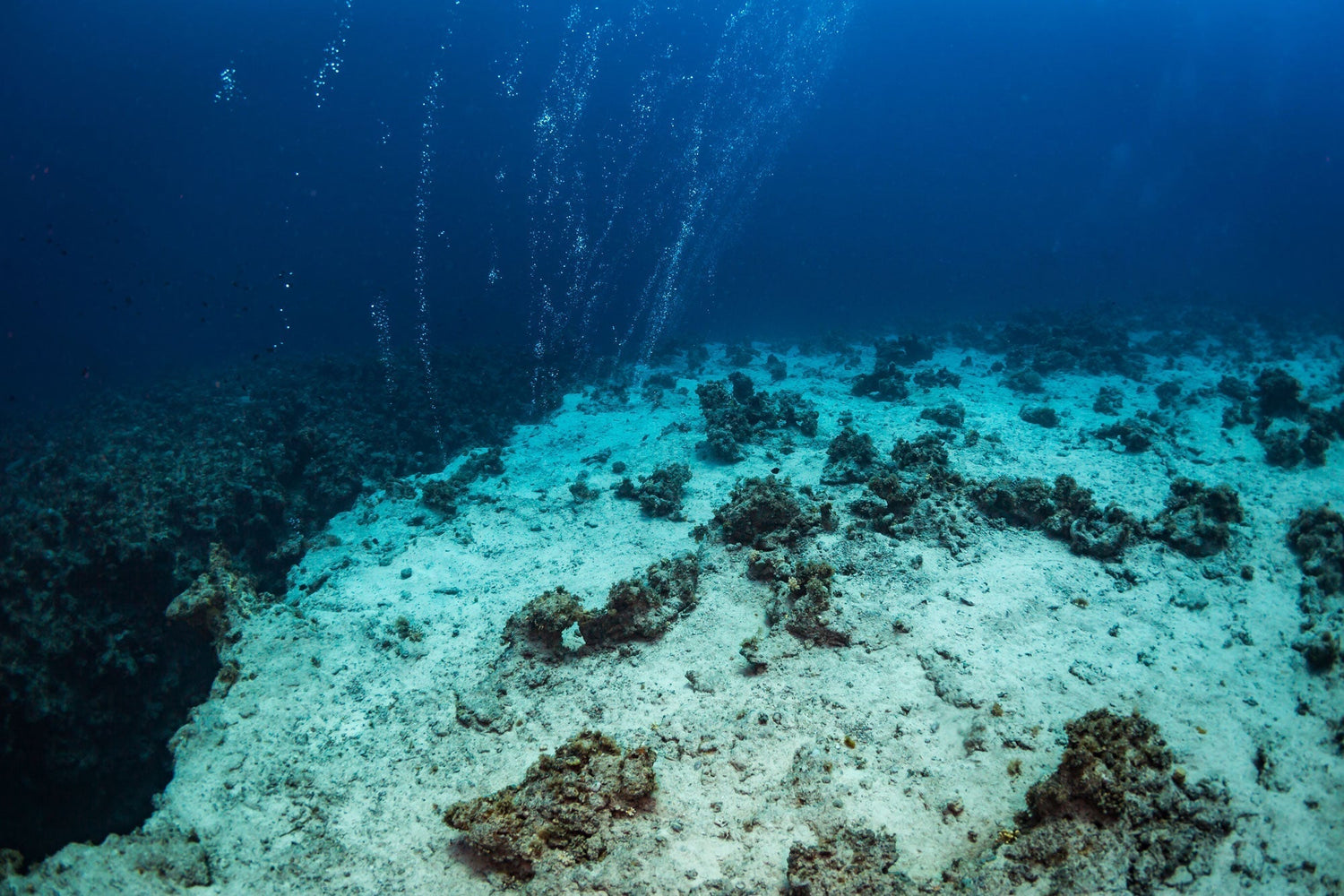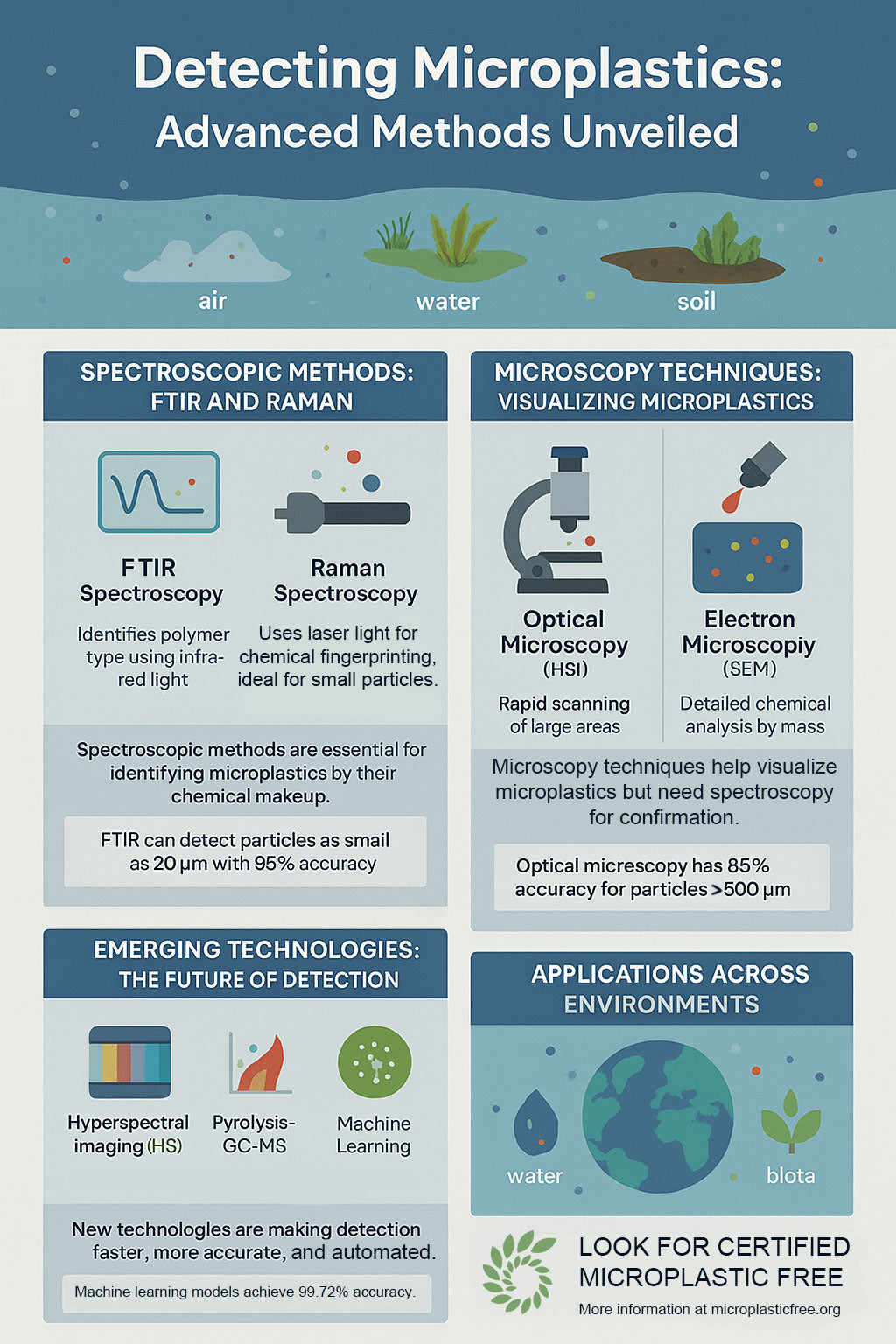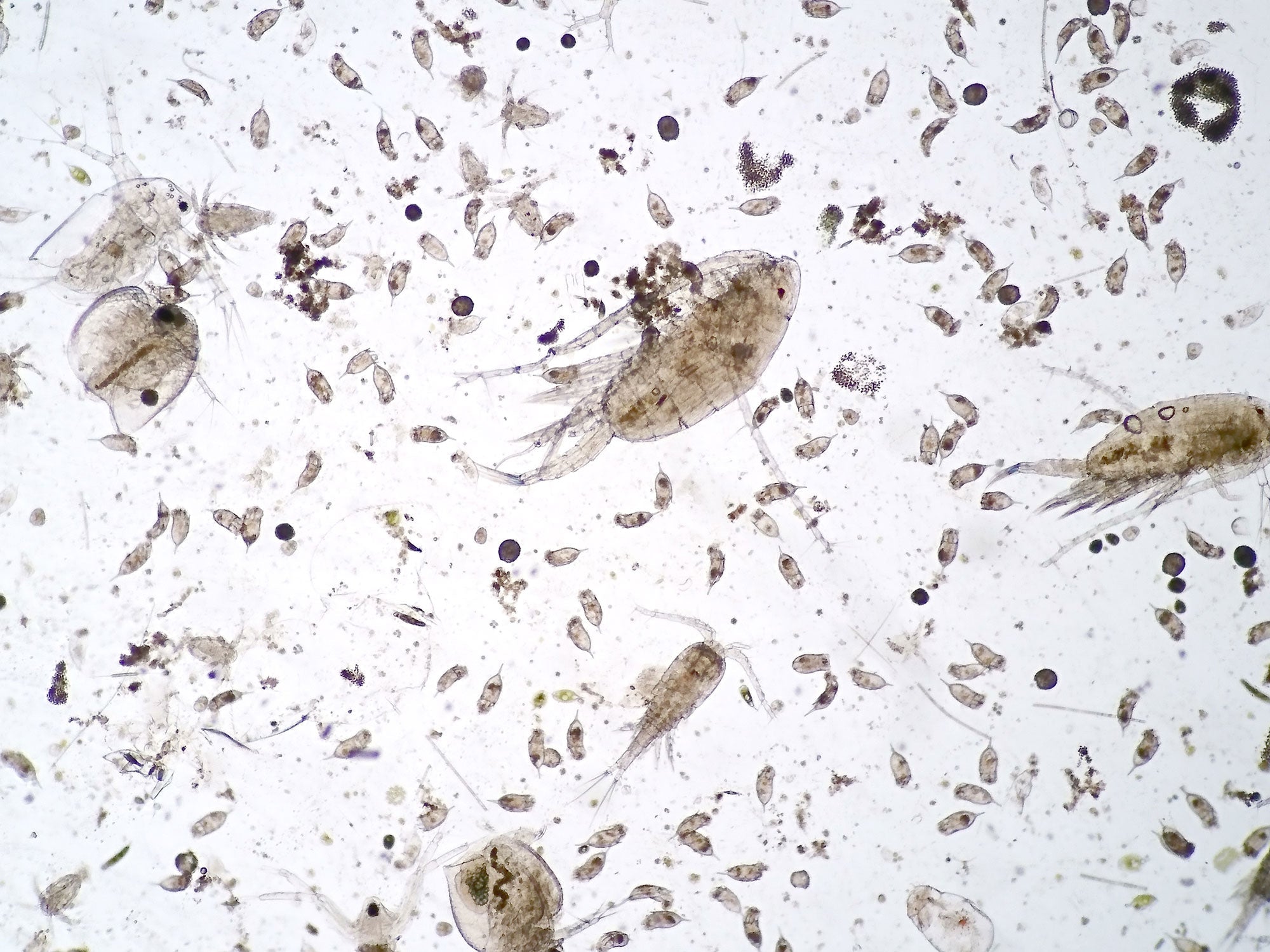Introduction
Microplastics, tiny plastic particles less than 5 mm in size, have emerged as a widespread environmental pollutant, infiltrating marine and terrestrial ecosystems alike. Originating from degraded plastic waste, industrial processes, and consumer products, these particles are now ubiquitous. The global carbon cycle, a fundamental Earth system, regulates climate by cycling carbon through the atmosphere, oceans, land, and living organisms. Oceans play a pivotal role in this cycle, sequestering carbon via the biological carbon pump—a process that moves carbon from surface waters to the deep ocean. This article delves into the complex interactions between microplastics and the carbon cycle, examining their impacts on carbon sequestration and their contributions to greenhouse gas emissions. By integrating findings from recent studies, we explore how microplastics may exacerbate climate change and highlight the need for further research and mitigation.
Impact on Carbon Sequestration
The biological carbon pump is essential for carbon sequestration, transferring carbon from the atmosphere to the deep ocean through processes like photosynthesis, marine snow formation, and zooplankton activity. Microplastics disrupt this pump at multiple levels, reducing the ocean’s capacity to act as a carbon sink.
Effects on Phytoplankton and Photosynthesis
Phytoplankton, including diatoms and cyanobacteria, are the primary producers in marine ecosystems, fixing atmospheric CO₂ into organic carbon via photosynthesis. Microplastics impair this process by reducing phytoplankton growth and photosynthetic efficiency. A study from the University of Siena demonstrated that high microplastic concentrations alter phytoplankton community composition, inhibiting growth and carbon fixation (Plastics Engineering). Another study found that microplastics compete for nutrients, further limiting carbon uptake (ScienceDirect). This reduction in primary productivity weakens the foundation of the biological pump.
Disruption of Marine Snow and Sinking Rates
Marine snow—aggregates of dead phytoplankton, fecal matter, and organic debris—transports carbon to the deep ocean. Microplastics interfere with this process by incorporating into marine snow, increasing its buoyancy. Research published in Marine Chemistry by Stubbins et al. showed that microplastics slow marine snow sinking rates by approximately 20%, reducing carbon export to depth (Earth.com; Phys.org). Controlled experiments confirmed slower descent in microplastic-laden samples, highlighting a direct impact on long-term carbon storage.
Influence on Zooplankton and Fecal Pellets
Zooplankton consume phytoplankton and produce dense fecal pellets that sink rapidly, efficiently exporting carbon. However, microplastics ingested by zooplankton contaminate these pellets, reducing their density and sinking speed. A study in the Limnology and Oceanography journal reported that microplastic incorporation decreases carbon export flux by 8–45%, suggesting a significant decline in sequestration efficiency compared to pre-industrial levels (ASLO). This disruption compromises the vertical carbon flux critical for deep-sea storage.
Interactions with Sediments
Sediments are vital long-term carbon sinks, storing organic carbon for centuries. Microplastics accumulating in sediments alter these environments, affecting carbon storage and microbial processes.
Competition with Organic Carbon in Sediments
Microplastics integrate into sediment layers, potentially displacing organic carbon. A study documented up to 1.9 million microplastic particles per square meter in deep-sea sediments, indicating competition with natural carbon sinks (Science). This physical presence may reduce the sediment’s capacity to store carbon over time, weakening its role as a sequestration reservoir.
Alteration of Microbial Activity and Carbon Cycling
Microplastics in sediments create “plastispheres”—unique microbial communities differing from those in surrounding sediment. These biofilms can alter carbon cycling by changing microbial metabolism. Research by Seeley et al. (2020) found that microplastics shift microbial species, increasing ammonium levels and inhibiting carbon mineralization, slowing decomposition and sequestration processes (Seeley et al., 2020). This suggests a complex impact on sediment carbon dynamics.
Methane Production in Anaerobic Conditions
In oxygen-poor sediment layers, microplastics enhance methane production, a greenhouse gas 86 times more potent than CO₂ over 20 years. A study on polyamide 6 microplastics reported methane concentrations of 25,253 ppm after 180 days in anaerobic conditions, identifying sediments as a significant emission source (MDPI). This process releases stored carbon, counteracting sequestration efforts.
Greenhouse Gas Emissions from Microplastics
Beyond disrupting sequestration, microplastics contribute directly to climate change by emitting greenhouse gases like methane and ethylene during degradation.
Photodegradation and Gas Release
Under sunlight, microplastics undergo photodegradation, releasing greenhouse gases. Royer et al. found that low-density polyethylene (LDPE) emits methane at 5.8 nmol g⁻¹ d⁻¹ and ethylene at 14.5 nmol g⁻¹ d⁻¹ after 212 days of UV exposure (PLOS One). This process, driven by solar radiation, contributes to atmospheric warming, with methane’s high potency amplifying its impact (UNEP).
Anaerobic Decomposition in Sediments and Wastewater
In anaerobic environments, such as sediments and wastewater treatment systems, microplastics boost methane emissions. Research on high plasticizer polyvinyl chloride (PVC) recorded methane levels of 25,253 ppm after 180 days, with smaller particles generating more gas (MDPI). Another study showed polyamide 6 microplastics enhancing methanogenesis in waste activated sludge digestion, indicating a notable emission source in wastewater management (ScienceDirect).
Summary Table: Microplastics' Impact on the Carbon Cycle
| Aspect | Impact on Carbon Sequestration | Impact on Greenhouse Gas Emissions |
|---|---|---|
| Phytoplankton | Reduced photosynthesis and carbon fixation | - |
| Marine Snow | Slower sinking rates, reduced deep ocean storage | - |
| Sediments | Competition with organic carbon, altered microbial activity | Enhanced methane production |
| Photodegradation | - | Release of methane and ethylene |
| Anaerobic Decomposition | - | Increased methane emissions |
Conclusion
Microplastics exert a dual influence on the global carbon cycle: they undermine carbon sequestration by impairing phytoplankton productivity, marine snow transport, and sediment storage, while simultaneously contributing to greenhouse gas emissions through methane and ethylene release. These effects weaken natural carbon sinks and amplify atmospheric warming, posing a growing threat to climate stability. Addressing this challenge demands reducing plastic pollution, improving waste management, and expanding research to quantify long-term impacts and develop mitigation strategies. As microplastic concentrations rise, their role in the carbon cycle underscores the urgent need for global action.
References
- Can microplastics pose a threat to ocean carbon sequestration? - PubMed
- Microplastics and their Impact on Air-Sea CO₂ Exchange - Plastics Engineering
- Microplastic pollution as an environmental risk exacerbating the greenhouse effect - Carbon Research
- How does plastic affect the ocean? - ClientEarth
- Microplastics - Blue Carbon Lab
- Microplastics pose risk to ocean plankton, climate - Mongabay
- Plastic sequestration - Wikipedia
- Microplastics and carbon sequestration - National Oceanography Centre
- Microplastics may reduce the efficiency of the biological carbon pump - ASLO
- Hitchhiking into the Deep: How Microplastic Particles are Exported through the Biological Carbon Pump - PMC
- The ocean's 'biological pump' captures more carbon than expected - Phys.org
- Microplastics may slow the rate at which carbon is pulled from the sea surface - Phys.org
- Microplastics and climate change: our ocean needs bold decisions - Seas At Risk
- Biological pump - Wikipedia
- Production of methane and ethylene from plastic in the environment - PLOS One
- Production of methane and ethylene from plastic in the environment - PMC
- Plastic leakage and greenhouse gas emissions are increasing - OECD
- CH₄ and CO₂ Emissions from the Decomposition of Microplastics in the Bottom Sediment - MDPI
- Double trouble: plastics found to emit potent greenhouse gases - UNEP
- Production of methane and ethylene from plastic in the environment - Plastic Pollution Coalition
- Polyamide 6 microplastics facilitate methane production during anaerobic digestion - ScienceDirect
- Production of methane and ethylene from plastic in the environment - PubMed
- The impact of plastic on climate change - University of Colorado Boulder
- New Study Shows Plastics Release Greenhouse Gases - Surfrider Foundation



Leave a comment
This site is protected by hCaptcha and the hCaptcha Privacy Policy and Terms of Service apply.